Between the Bleeps: Richard Sen in conversation
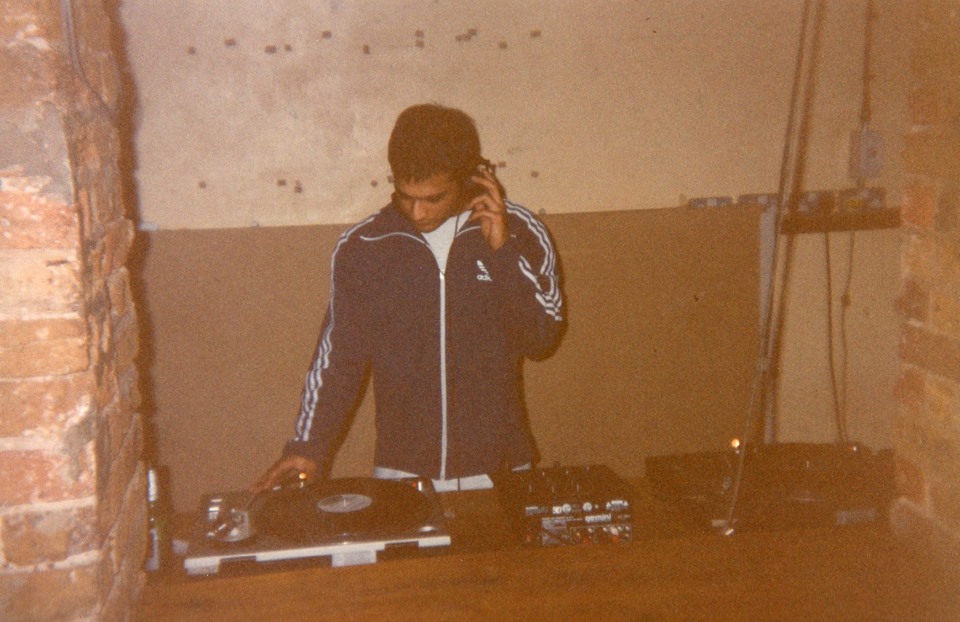
With his latest compilation “Dream The Dream” shedding light on overlooked areas of UK dance music history we thought it about time to catch up with an old friend.
Richard Sen is a seasoned musician and DJ and, full disclosure, long-time friend of Ransom Note. If we’re really starting to get into it, it was probably his start-to-finish sets at Metal Box when he was at the zenith of Bronx Dogs – post Blood Sugar, pre-Haywire Sessions – at a night that Heavenly started after their legendary Heavenly Social/Jukebox nights wound up at Turnmills in Farringdon.
Even further back in his early years, Sen embraced the worlds of graffiti and rave cultures and has continued to do so throughout his career.
The convergence of these two resonated with him as both subcultures challenged the mainstream norm of the time and fostered that unity and real creative expression. Sen’s experiences, such as being mugged at a Hip Hop concert and finding solace in the rave community, redirected his creative energy towards music and DJing.
With his latest compilation, “Dream The Dream,” which this lowly publication had the privilege of putting out last month, he builds on the previous compilation “This Ain’t Chicago,” shedding light on overlooked areas of UK dance music history. Inspired by the sets and radio shows of Colin Dale, Colin Faver and Andrew Weatherall, Sen curates a collection that transcends the current trend for continual fragmentation of sounds.
Eschewing the trend of unearthing the most obscure ‘Discogs speculator’ tracks Sen prefers to showcase a wider variety of genres – tribal house, breaks and bass, techno, trance, and breakbeat – demonstrating the timeless creativity of these tracks that generations can find value in exploring the roots of. By preserving the spirit of resistance and independent thought, Sen aims to inspire listeners to embrace the past, present, and future of electronic music, gaining knowledge along the way.
With all that in mind and given that it’s been a while since we chatted to him, new recruit Matias Phillips posed the questions that matter to Richard.
Talk us through your musical upbringing and how you came across graffiti. It might sound easy for you to contextualise them together but to an absolute outsider how did these graffiti and rave cultures collide for you?
I was a teenager in the 1980s and naturally into the pop music of the time, things like The Specials, Human League and Thompson Twins. In 1983, a series of albums called Street Sounds Electro were really popular with kids all over the UK. This was my introduction to Hip Hop culture and funky electronic music. The popularity of NYC Hip Hop meant that other elements of the culture – graffiti, DJing and rap, started to get exposed here in the UK. A book called Subway Art (the bible for all graffiti writers) was hugely important in the formation of graffiti writing culture here in the UK (and all over the world).
Music videos like Malcom McLaren’s Buffalo Gals, which featured graffiti, gave multicultural teenagers in the UK their first glimpse of what was happening across the Atlantic. We used to also listen to tapes of live recordings of Zulu Nation Hip Hop jams in the Bronx with DJs Afrika Bambaataa and Jazzy Jay who cut up breakbeats of all genres: rock, funk, new wave, electro and Latin. This eclecticism is part of my musical DNA and that attitude of anything goes in the right context, stays with me today.
In 1988, acid house and ecstasy came along. I naturally grew out of graffiti and Hip Hop which had started to become very dark. I got robbed at a Public Enemy gig in 1987 and also got involved with those doing the robberies. I went from people mugging me at Hip Hop concerts to people hugging me at raves so there was no turning back really. It was then that my creative energy was focused on music and DJing. My baptism with ecstasy was at The Astoria. Nicky Holloway and Pete Tong would DJ all night and I became obsessed with the music which was very eclectic. They would play Ibizan-influenced pop, US house and garage, early Detroit classic, Belgian new beat, Italian house, and UK stuff. The following year, the M25 (orbital) raves started to happen and I went to the famous ones like Sunrise and Energy.
The similarities between graffiti and rave are that both cultures have that fiercely independent, punk D.I.Y. attitude. Fuck the system and the mainstream and create your own culture. Both rave and graffiti broke down social and class barriers. All races and social classes came together to dance and be creative. I still maintain that attitude now and avoid the mainstream dance music industry bullshit and do my own thing.
Agree about the similarities with graffiti and rave. What was your graffiti tag and who were your rivals/peers/idols at the time?
My tag was ‘COMA’. Most people will have never heard of the graffiti writers I painted with. My efforts were concentrated on the Metropolitan Line and Hammersmith & City line. I used to write with TILT, CAST, REME, HATE, CAZBEE, SKAM, FOAM, SEIZE and was inspired by PRIDE and NYC writers, SEEN, DONDI, ERNI, KASE 2, SKEME, IZ THE WIZ, QUIK, ZEPHYR, REVOLT, PHASE 2 and many more, most of whom were featured in the documentary Style Wars which we watched religiously.
What was your main motivation behind this new compilation…
It is a follow-up to my compilation This Ain’t Chicago, released on Strut in 2012. which was a selection of lesser-known UK house and acid from 1987-1992. With that one, I wanted to shine a light on a neglected part of the history of UK dance music. With Dream The Dream, I wanted to focus on how the sounds and styles changed a few years later. Many of the tracks came from listening to Colin Dale, Colin Faver and Andrew Weatherall’s sets and radio shows. When these tracks were made, electronic dance music and house music was only a few years old. This was before dance music was fragmented into the multi-genre industry it is now. Therefore, the compilation reflects my taste and what I was playing at the time. You have tribal house, breaks and bass, Detroit-inspired techno, proto- trance and proggy breakbeat all in the mix.
So what is the relevance of it in the current musical landscape?
Is it relevant in the current musical landscape? I don’t know; you decide. Most of the feedback from DJs was really positive saying how unique these tracks sound but a couple of big names were not into it. The production on some is lo-fi and not as good as modern tracks but the ideas are better than most new tracks, I think. I know that there are many of the younger generations who weren’t born when these tracks were made who will find this selection interesting. There are younger DJs who still want to learn about history and gain knowledge of the past.
Given your experience of musical trends do you think that electronic music will continue to be so cyclical, are we in an ever decreasing circle and if so what is ahead?
The beauty of dance music is that it is driven by technology. This is good and bad. Good, that there are some really interesting new sounds being created with digital synths etc. Bad, that music software is so easily accessible that anyone can make dance music therefore the market is saturated with mediocrity. I think Legowelt calls it ‘career, plug-in techno’ ha ha ha… I have no idea about musical trends but talking from the past has always been common for all music genres. I think if you’re creative, then this is the most exciting time to be around to make music. You have access to more music from the past to be influenced by and cheap technology to create and try ideas. All of my productions since the 1990s have been influenced by the past. If you can bring music from the past into the present for modern dance floors then that’s great.
Do you like the current psy-trance obsession?
I’m too old to even know what’s trendy anymore. I’ve heard that trance is cool again but I thought it was the more proggy, breakbeat stuff like Sasha and Digweed. Some of those old records have matured well. Tracks I used to hate at the time now have a new meaning. I reckon if you play some of the psy-trance tracks at 33 RPM they will sound amazing! I’ve started digging out some early European trance records like Oliver Lieb and pitching them down a lot. I played a few on my radio show and many of the listeners were loving it. As with all genres, most is shit but there will always be 5-10% which are nuggets.
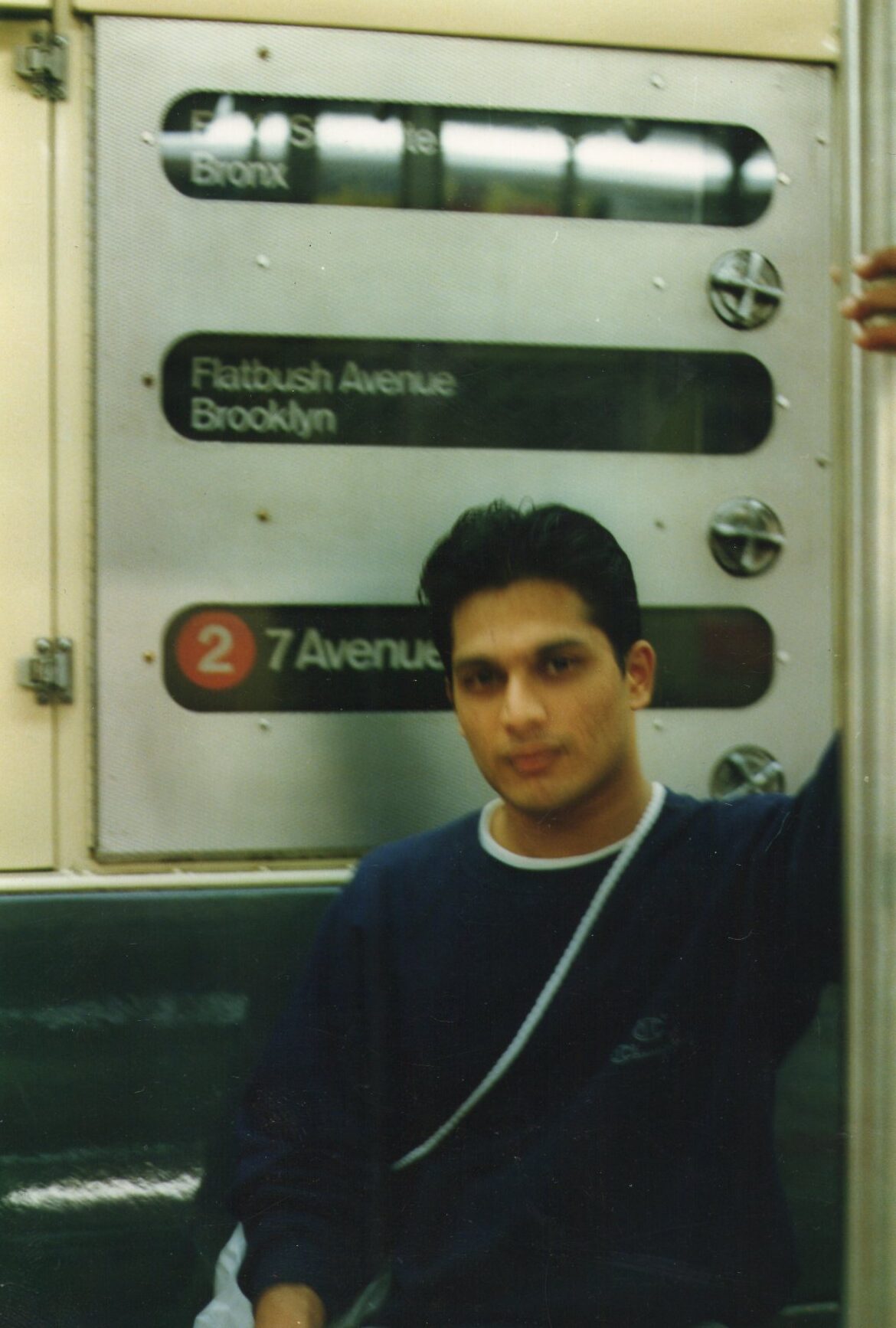
How do you perceive the evolution of your music through time and how did music production differ for you back then?
I first went into a studio in 1997 as Bronx Dogs with my musical partner DJ Regal. The sound was inspired by our love of B-Boy breaks, disco, electro and post-punk. We were also reflecting on what was going on at the time in London. In the clubs I was going to, you’d hear beats, nu-disco like Idjut Boys and Harvey, deep house and nu-electro like Anthony Rother so naturally that music influenced our sound. We always used an engineer and we just turned up with samples and a rough idea and improvised from there.
Myself and Neil Beatnik started Padded Cell in 2005. Neil knew the production side of it and did all the hard work whilst I brought samples and starting points from which we could improvise. This time, we had a studio so we could develop our sound more and experiment without time limits. We were influenced by disco breaks and post-punk but with a darker edge to it, incorporating horror soundtracks into the melting pot of ideas. We called our music ‘dark disco’ which has now become a genre in itself.
I then finally thought that I should learn production and in 2010 started producing completely on my own. I think I can get a good sound now and I try to make club music that is still melodic but has elements of dark and light. I have an album finished which draws inspiration from India. I’ve used Indian vocal samples and melodies on a few tracks and the tempos vary. It’s relatively easy to create dance music with a computer these days and technology is only a tool. The ideas are the most important bit. It’s much easier to get ideas into a finished track but there is something special about having a time limit in the studio and trying not to get too hung up on production because, often, you can lose the original vibe.
Do you think the spontaneity of machine music in the 80s and 90s is lost in an age of screens and effectively spreadsheet production?
I’m guilty of using screens but again, technology is a tool. The ideas behind the screens are what’s important. There are plenty of shit dance tracks from the 80s and 90s! Hardware is so cheap these days and you can get really good synths for £300. I think some of the best dance music artists still use machines and it definitely is more fun to use. So, effectively, you can re-create the 90s set up for much cheaper than it would cost in the 90s with much more interesting sounds and much better production. There is a hell of a lot of bland ‘plug-in’ dance music around but computers are a good starting point. I think most serious producers still use a lot of hardware though.
“Sunrise was in an aircraft hangar and there were almost ten thousand ravers there all dancing in unity and peace with no violence or trouble. The next day, the Sun newspaper had reported about it, calling it ‘Ecstacy Airport’ with a cartoon of ravers flying out of the hangar!”
You have a masters in Criminology. Do you think ‘resistance’ is still possible in this day and age? It feels like we’re in a period similar to that of the 80s and the Criminal Justice Act but given that surveillance is now digitised and dissent so heavily regulated it feels like it’s becoming more difficult. What’s your experience of this in the context of the 80s and the music scene at the time?
The 1980s was a very different time than today. The general population was much more conservative than now. There was far more poverty, racism, sexism and unemployment and no internet therefore youth cultures, alternative communities and ‘resistance’ were stronger and more necessary. There was a huge moral panic about acid house and raves; now it’s a huge industry. We had to fight for our right to party! People are more complacent and pacified by their phones now so I don’t think young people have any reason for resistance. They are materially much better off and can consume whatever they want – music, food, information – at the touch of a button for free.
I’ve noticed that since the pandemic there is so much risk management and control in clubs now. This obsession with risks like photo ID, decibel metres in every club and making sure people buy advance tickets means that the spontaneity and fun is being erased from what is essentially a fun and spontaneous experience! I expect the clubs won’t be places of fun much longer and illegal parties or small, intimate events in rented spaces will be where the good vibes are found. There has always been the underground.
Pick 3 key raves in your heyday and identify what made them special in the context of the tracks on this compilation.
I can’t remember if any of these tracks were played at particular raves. The tracks on this comp are from a year or two later than the raves that I went to. The two most important raves I went to were Sunrise, A Midsummer Night’s Dream in June 1989 and Energy in Ipswich in the summer of 1989. Sunrise was in an aircraft hangar and there were almost ten thousand ravers there all dancing in unity and peace with no violence or trouble. I had just been released from prison; therefore, it was even more intense for me. I actually bumped into an inmate I was inside with. The next day, the Sun newspaper had reported about it, calling it ‘Ecstacy Airport’ with a cartoon of ravers flying out of the hangar!
For the Energy rave, we had to wait until the early hours, around 3 or 4 am before we knew where the venue was. Maybe they had to change location at the last minute. So, it didn’t begin until around 6am. I remember Evil Eddie Richards starting his set with Italo then going into house. At the time I had no idea what that music was, I was just a fan of Eddie. I also remember Grooverider playing Most Wanted ‘Calm Down’ the instrumental which, now looking back, can be understood as the roots of hardcore and jungle – the Commodores break with sub bass. Luckily there’s a lot of footage of this rave on YouTube.
From this comp, the Orr-Some track, ‘We Can Make It’ was a classic at the time and played by DJs like Grooverider and Matthew Bushwacka. You can hear the beginnings of what was to become rave and hardcore in there. Breakbeat, heavy bass and vocal samples. I know that Dream Frequency used to play live at many raves so their track (and the title of the comp), ‘Dream The Dream’ seems fitting.
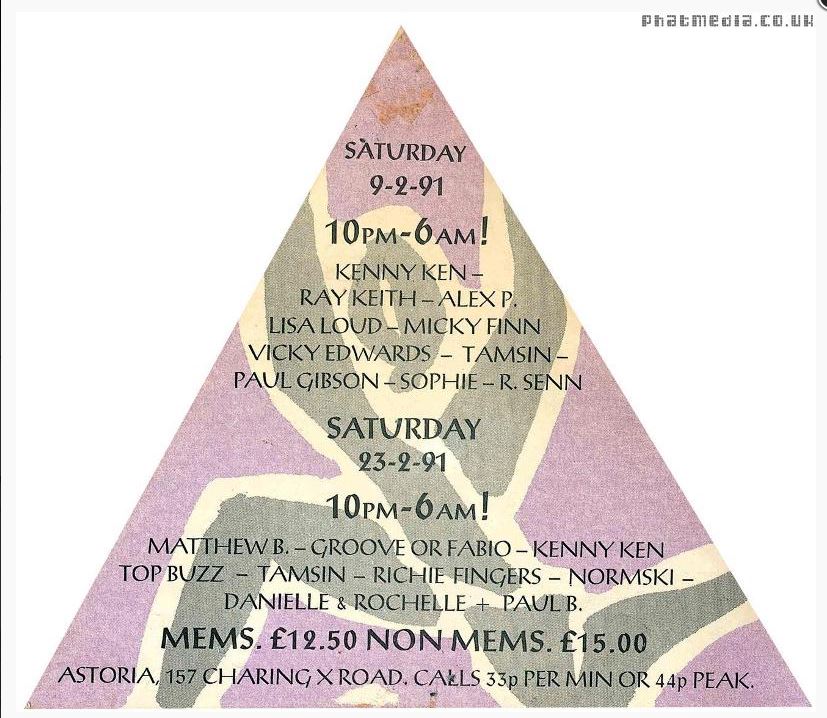
Is the idea of a Temporary Autonomous Zone still possible in an age of heavy licensing and restrictions?
Yes, of course. You can avoid places with licensing and restrictions and start your own thing. As Weatherall used to say, ‘Create your own system or be a slave to someone else’s’. The underground will always be here and is needed now more then ever. It’s a shame that huge dance corporations like Resident Advisor (the Starbucks of dance music) dictate to the newcomer where to go and what to like but there will always be likeminded, independent people who will start their own scenes and not give a fuck about what’s happening in the mainstream industry.
The Brits seem to be a lot more rebellious, cocky and innovative in creating DIY movements and subcultures than other Western European countries (I may be wrong). What people like Charlie Bones and O.G. are doing with Do!! You!!! radio is a perfect example. Charlie left the corporate, woke NTS to start his own world. He’s built up a community of like minded people who come to all the events and listen to the shows religiously. If you listen to my show on Fridays we have many regulars who tune in and trust what I play and are enthusiastic about the music and what I have to say. There are certain values and even language that they use. It’s real. An alternative to what you see all over social media. O.G.’s Cheeky Soundsystem holds free parties in London which remind me of illegal parties in the 1990s. It’s sad that most promoters and punters are slaves to algorithms, followers, likes etc but you can still avoid the fake nonsense if you look elsewhere. Follow Do!! You!!! We will show you an alternative.
Anything else in relation to this compilation and the music and the art at that time that we need to discuss?
No, I’ve said loads. Now let the music speak for itself…
Richard Sen presents Dream The Dream: UK Techno, House and Breakbeat 1990-1994 is out now on our Dance Music From Planet Earth compilation label.


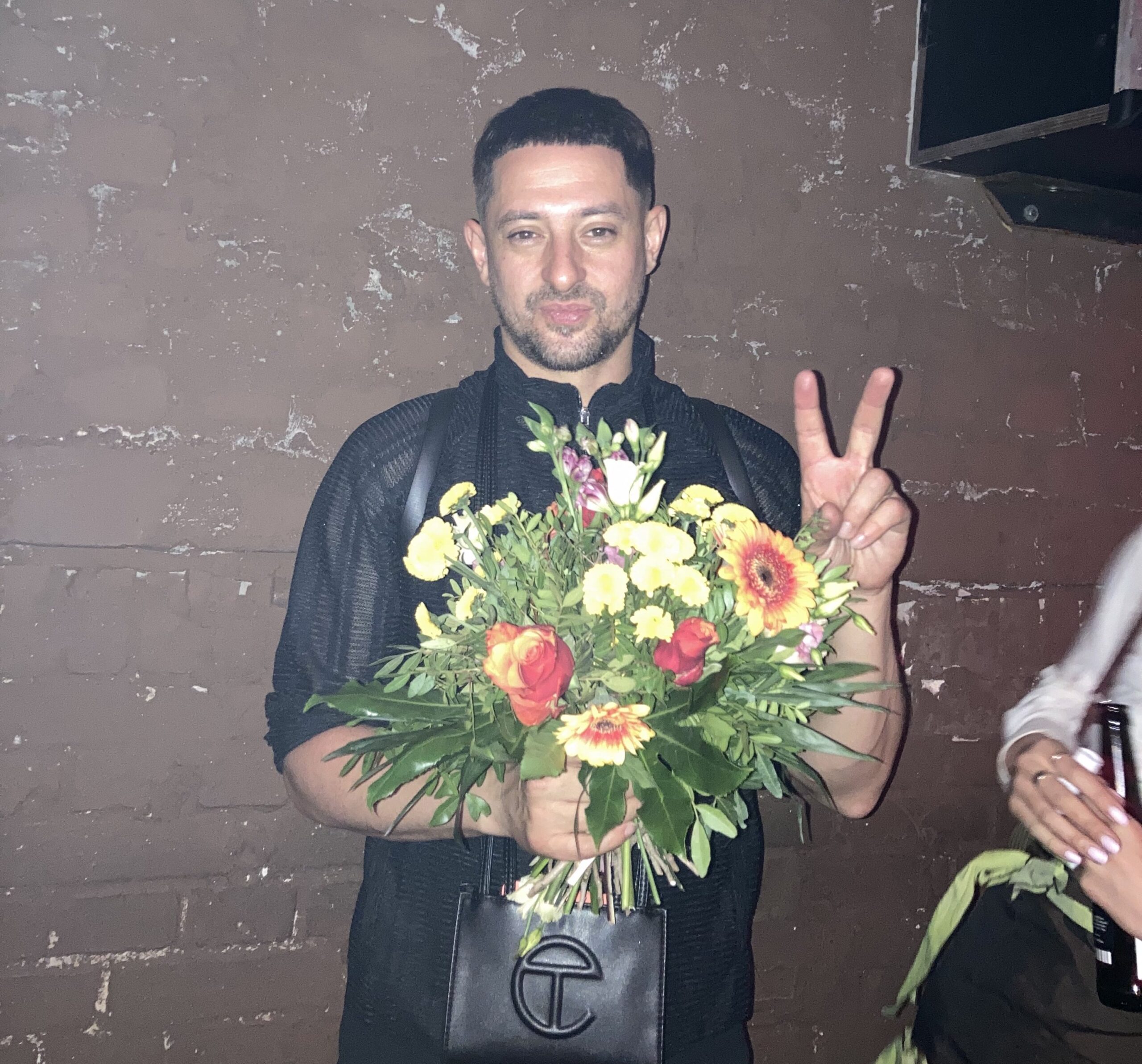
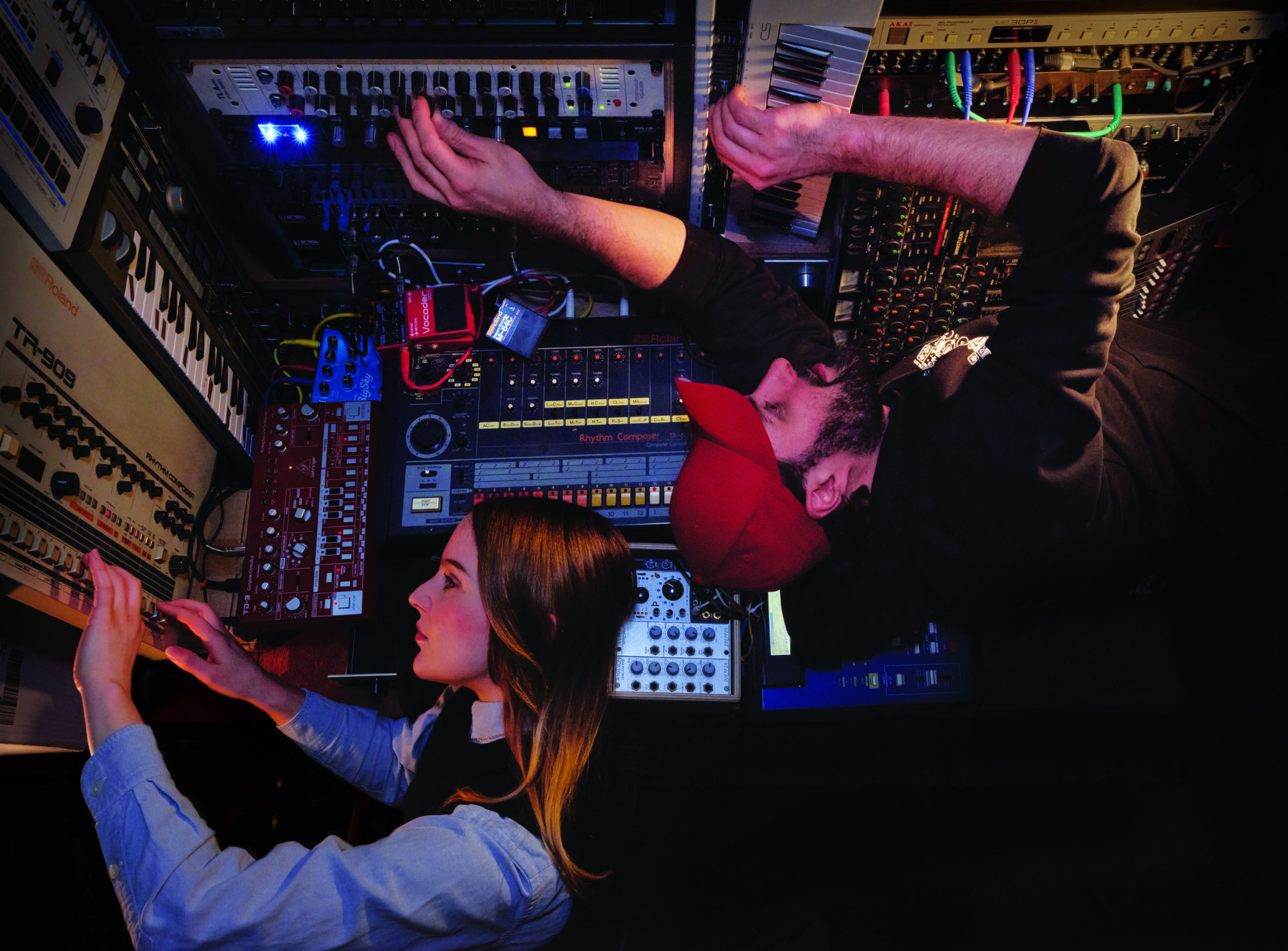
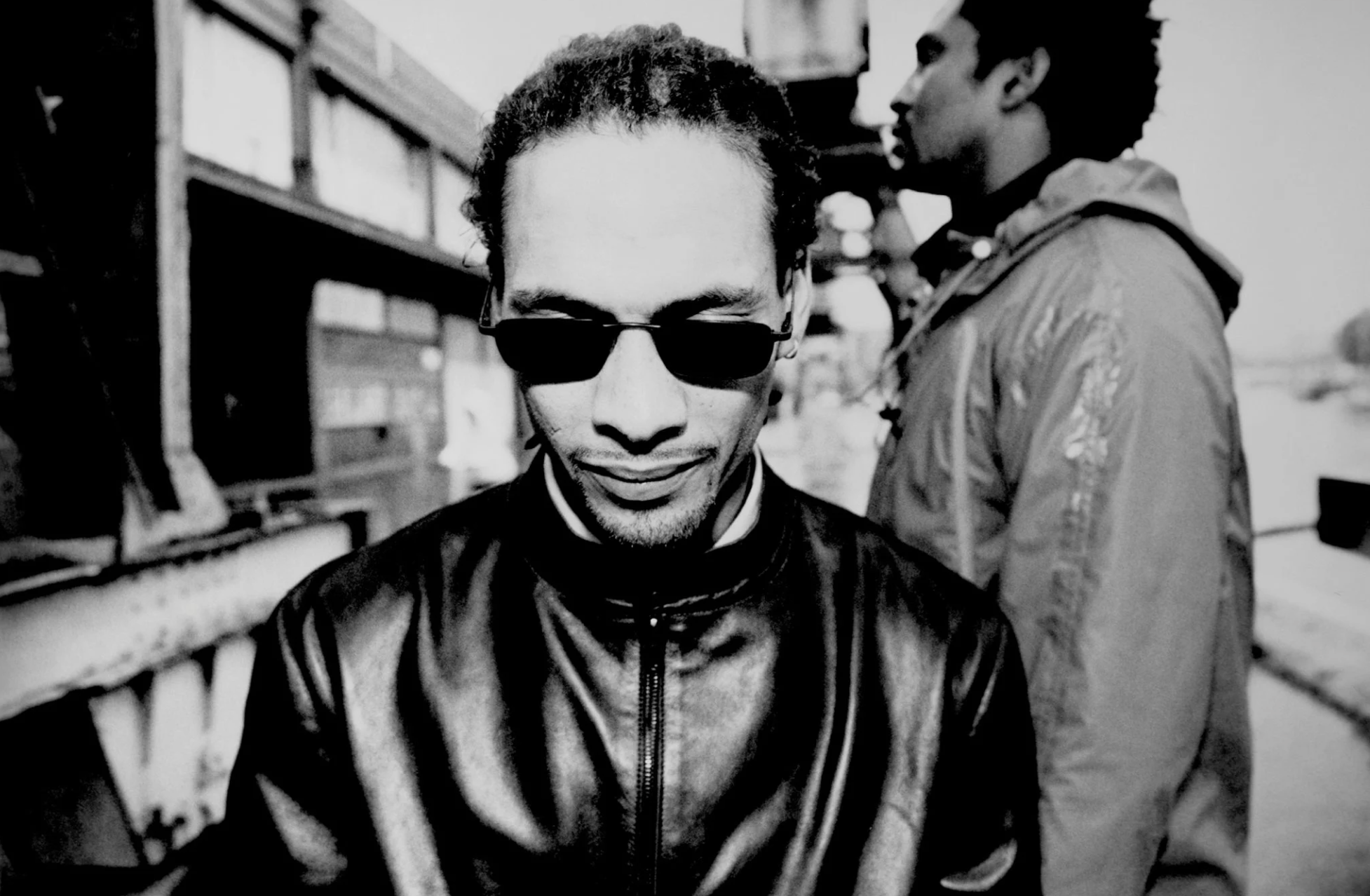










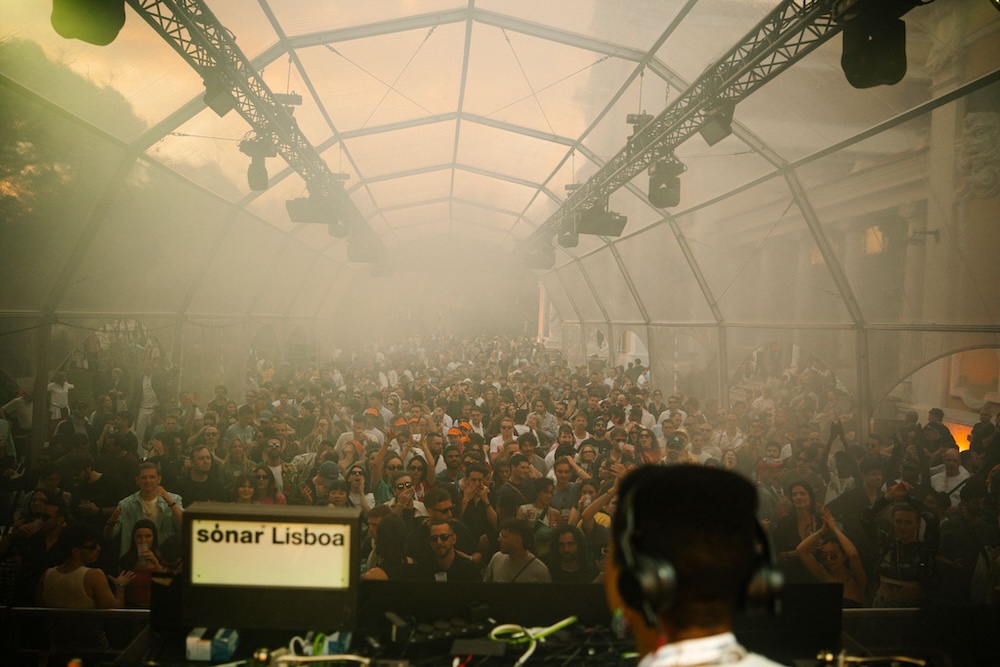
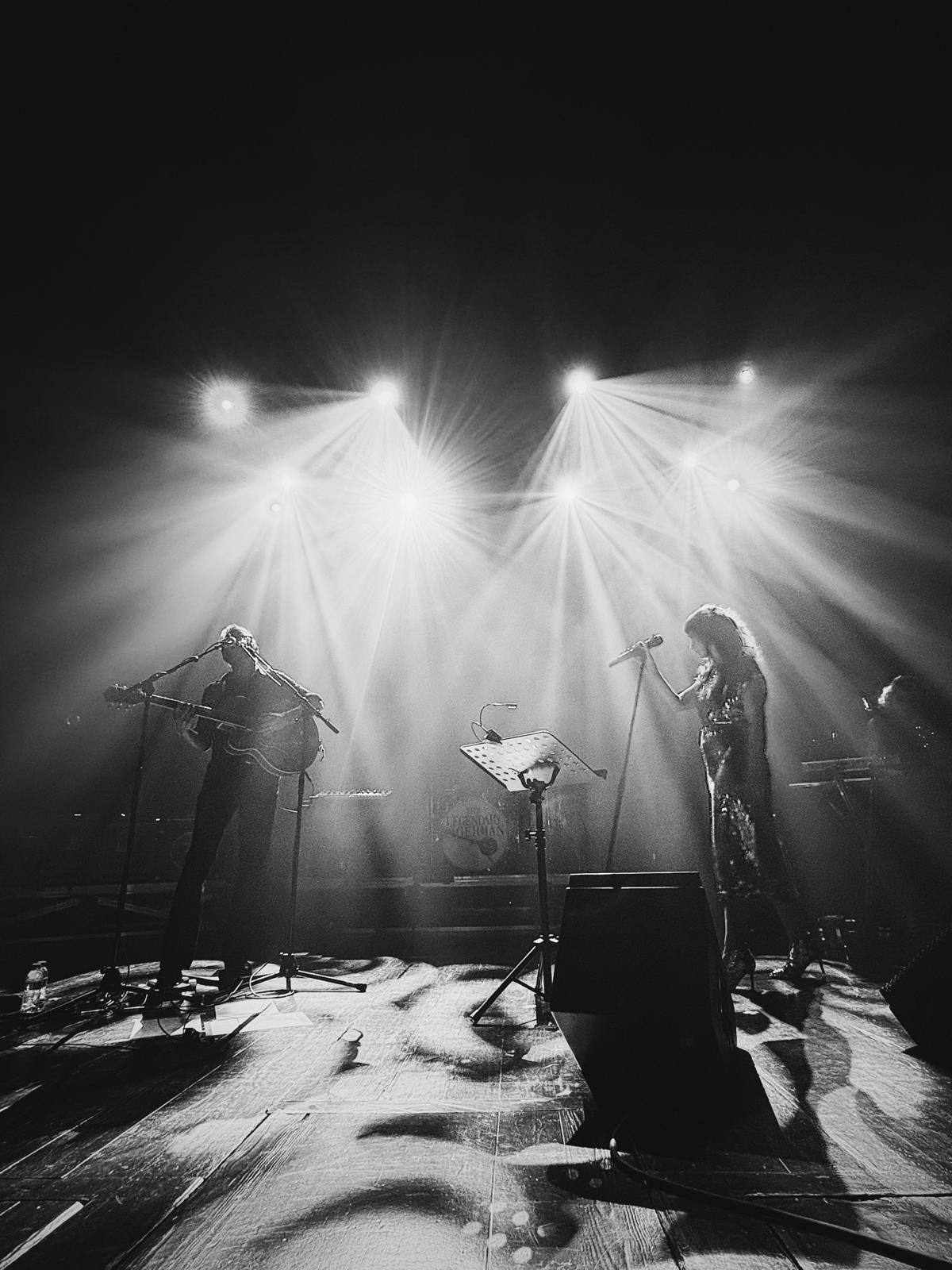




Must Reads
David Holmes – Humanity As An Act Of Resistance in three chapters
As a nation, the Irish have always had a profound relationship with the people of Palestine
Rotterdam – A City which Bounces Back
The Dutch city is in a state of constant revival
Going Remote.
Home swapping as a lifestyle choice
Trending track
Vels d’Èter
Glass Isle
Shop NowDreaming
Timothy Clerkin
Shop Now